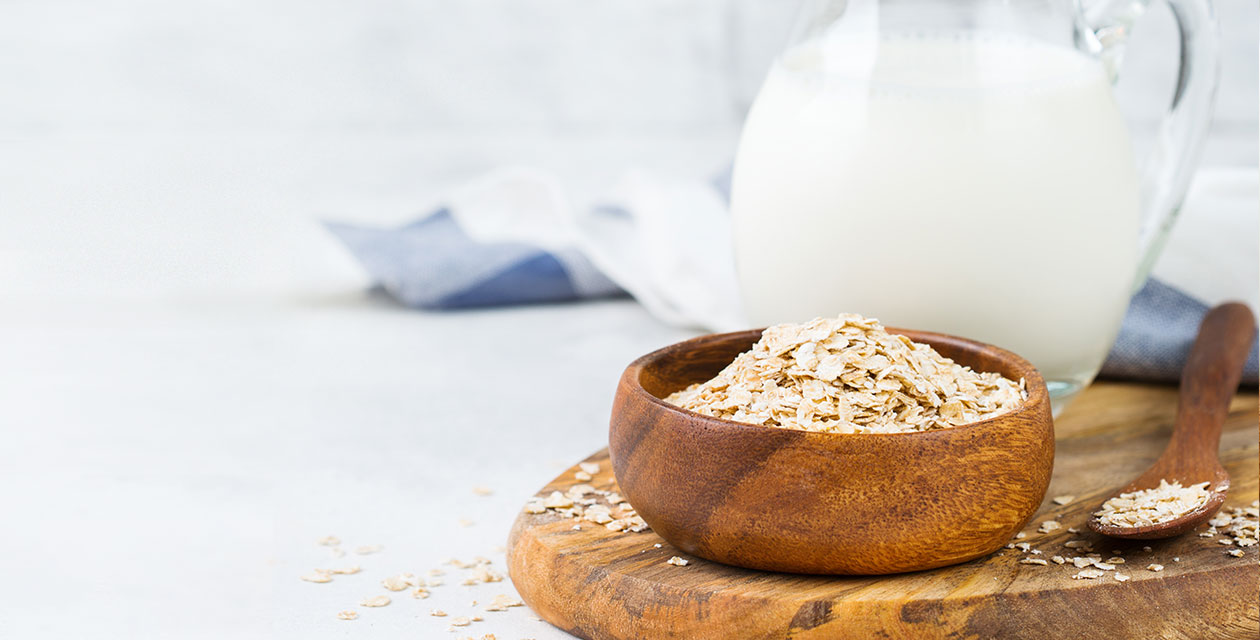The idea of disrupting a category can be daunting. How does a brand accomplish that? Is it a goal they have to start with from the beginning? Many questions come with how disruptive brands gain large consumer followings with established brands existing in the category. Here is a list of some of the most well-known food and beverage disruptors and how they reached their success.

Beyond Meat
Plant-based and vegan diets are becoming more prevalent with more shoppers adopting these lifestyle practices. With several people transitioning their diets, shoppers were looking for good meat alternative substitutes and that is where Beyond Meat came into play.
In 2009, the company’s founder, Ethan Brown, established his own plant-based meat products and gained nationwide placement in 2012. Though the company has been around for over a decade, the brand didn’t gain consumer attention until recently. In 2019, Food Dive named the brand “Disruptor of the Year” for its many wins throughout the year.
With unique online marketing and social media branding tools, the brand was able to capture many potential consumers’ interests. Ultimately, consumers that bought the product were looking for the taste and texture of meat and that’s what the brand delivered. It offered a substitute unlike others in the category, and with consumers of all kinds, from celebrities to friends trying and sharing it, more and more people became curious.
Caulipower
Frozen pizza has always been a product in most American families’ shopping baskets. As the transition to a health-focused lifestyle has increased over the past few years, more consumers are looking towards incorporating better-for-you options in their diets. Founded in 2016 by Gail Becker, Cauilpower offers a variety of easy-to-cook, nutrient-enriched cauliflower food products for shoppers.
The nutritional benefits speak for themselves when compared to other frozen pizza brands in the category. With such a differentiator, Caulipower was able to market themselves as the “new, healthy pizza” option for consumers. With more and more consumers identifying their diet as gluten-free or plant-based, Caulipower was positioned as the brand to offer these options. With its use of tactful social media and influencer marketing, the brand was able to propel into many baskets around the nation. Since its start, Caulipower has extended its product line offerings and continues to be a popular brand in the frozen pizza category.
HaloTop
Like frozen pizza, ice cream is also a staple for many consumers’ grocery lists. The ice cream and frozen novelties category is populated with many brands, including private label. From packaging shape to design, it can be hard for brands to differentiate themselves from others. Halo Top, founded in 2012, only took a few years to become the top-selling ice cream in the United States, surpassing traditional ice cream favorites.
The high-protein, low-calorie ice cream became a consumer sensation soon after their packaging transformation. Their team looked into the category and identified opportunities to communicate the benefits of its product through the design. That is where their sleek and transparent packaging was born, offering consumers a quick and easy way to know what the pint offers: the flavor, protein amount, and calories per pint.
Their design bled into all forms of their branding from digital media to billboards, it was bold and colorful, easily attracting consumer eyes and attention. With its aesthetic look and game-changing nutritional content mix, several consumers tried the brand as its benefits couldn’t compare to many others on the shelf.
Oatly
In recent times, the dairy category, especially milk types, has been challenged as more consumers are switching towards plant-based milks. Many consumers that have transitioned to non-dairy milks, typically purchase almond, soy, or coconut milk as those were the most commonly found options. Recent studies have shown that with the growing demand for almonds, there have been negative effects on the environment.
With more consumers looking towards eco-friendly food options, Oatly offered a new milk alternative for consumers. Made from oats, this Swedish brand challenged others in its category with its disruptive-style packaging and unique advertising jargon. For example, the company had a billboard placement that stated, “If you don’t read this ad, no worries, someone else likely will.” The brand’s confidence compelled consumers to try the brand, and from its beginning in the US marketplace in 2017 to now, the brand has tripled its sales to more than $200 million.
Whether it’s your robust packaging or confident voice, your brand needs to resonate with consumers. It must fill a need that the consumer is looking for and surpass others in its category. Your methods can be different from these brands, but it is a matter of finding your niche in the category and appealing to your target audience.
Ready To Disrupt Your Category?

